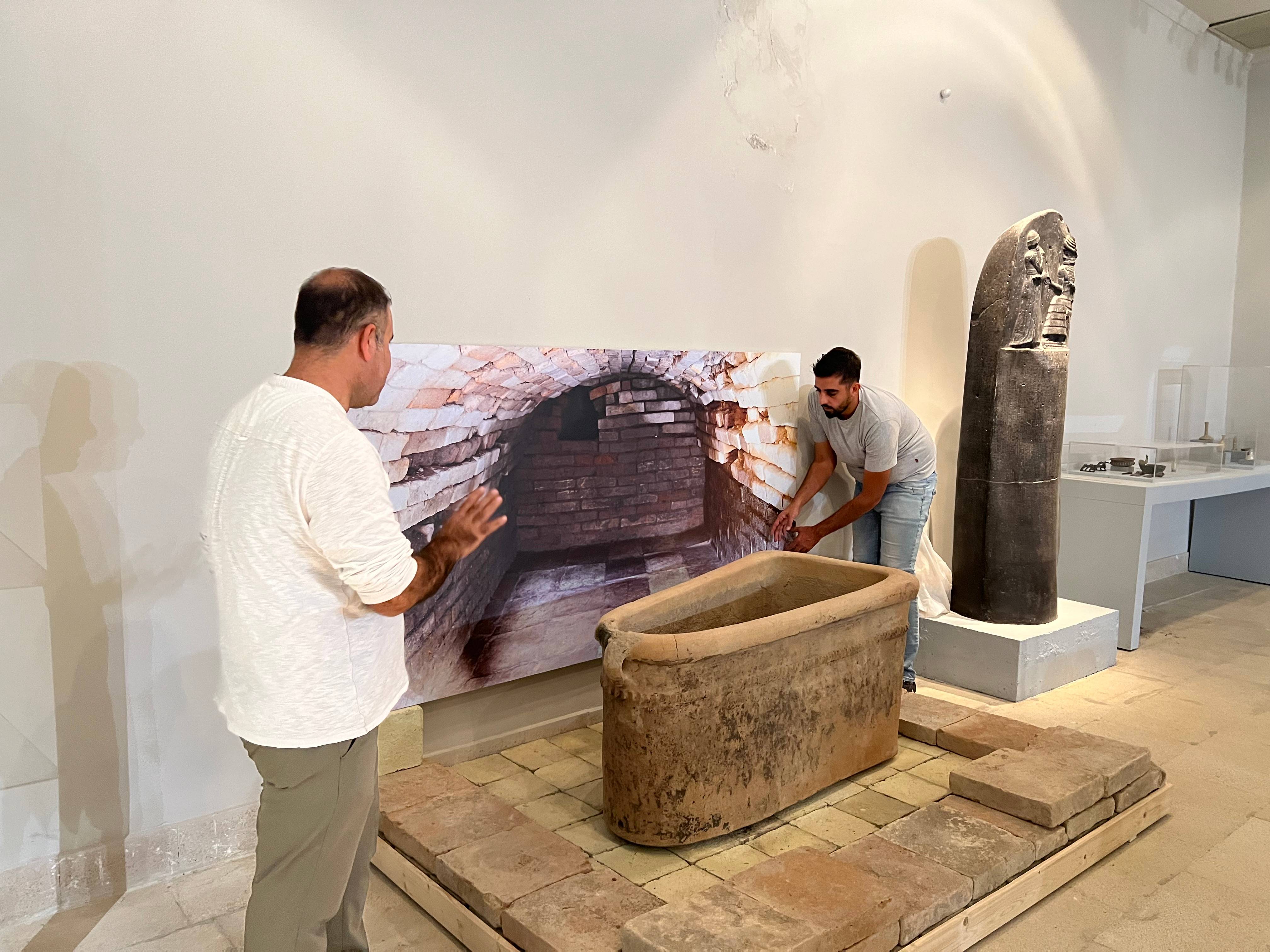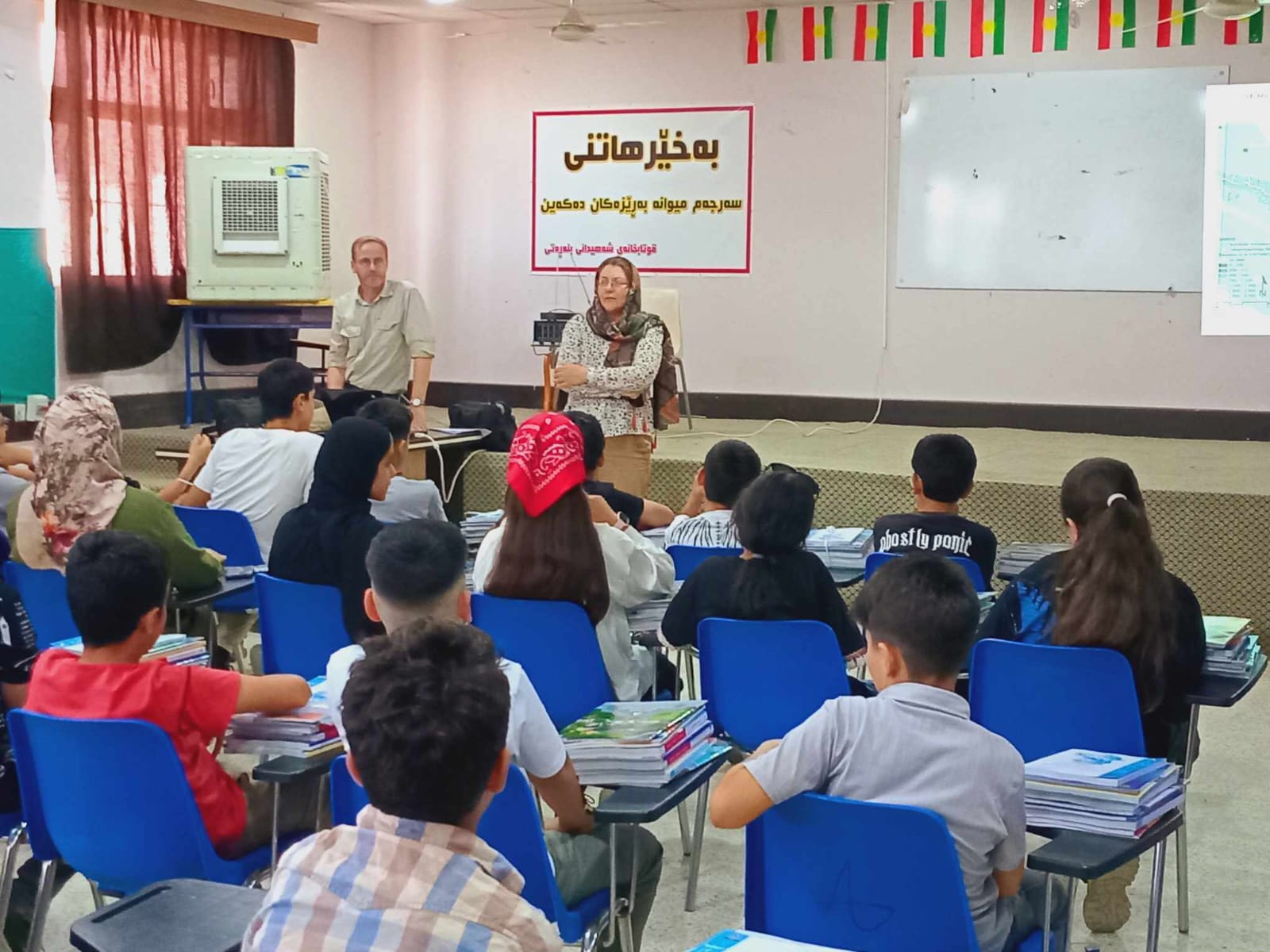The testing trench is located on the Bnawasuta-Penjwen project
240111034030.jpg)
The Directorate of Archeology and Culture of Sulaimani continued their work and activities by conducting a test trench excavation in an area of 17 dunams in front of Bashmakh international gate, approximately 600 meters away. Despite working diligently on the land within the specified timeframe, no archaeological remains such as constructions, clay, or used and repaired stones were discovered in the pits.
However, during the land survey, some unidentified pieces of mud were found, which we believe do not belong to the site. It is likely that these mud pieces were either brought in through digging and transporting dust and debris or were deposited by floods and rain. This assumption is supported by the fact that the land had been previously used for other purposes and is now situated 3 to 4 meters lower. Upon completing the excavation and documenting the pits and their structures, the team drew the following conclusions:
1 - The land is situated far from hills and archaeological areas, and neither the land itself nor the underlying layers contain any archaeological remains.
2 - The soil composition primarily consists of mountains and blue rocks, along with a mixture of debris, garbage, plastic, and broken iron.

240128080352.png)

